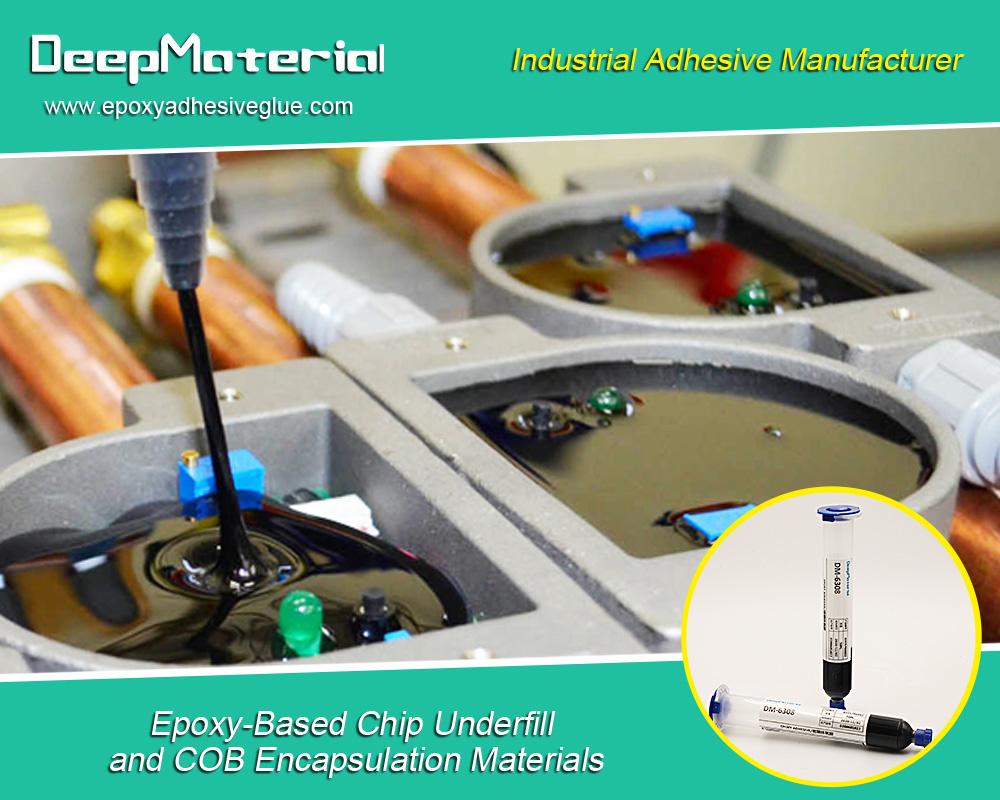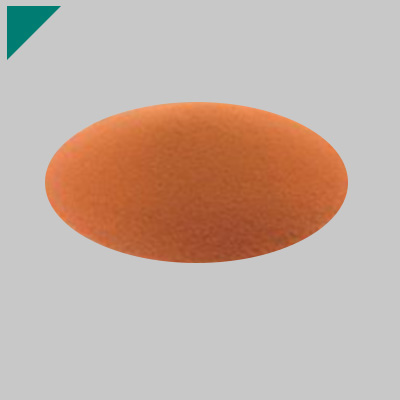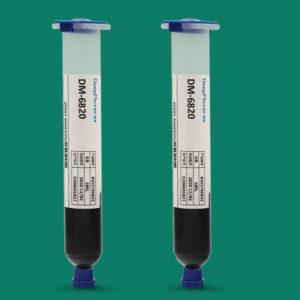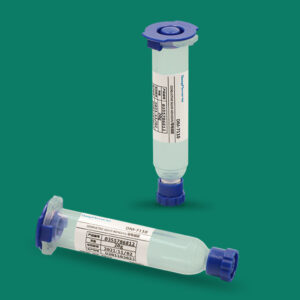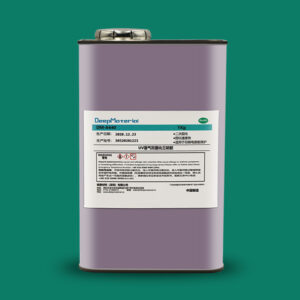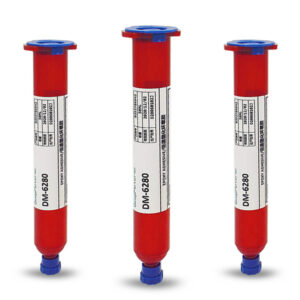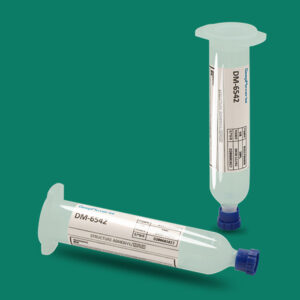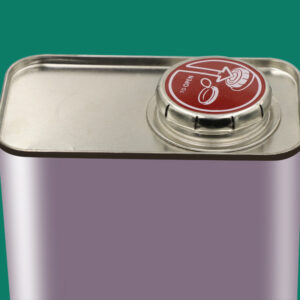Research on Influencing Factors and Protective Measures of Fireproof Adhesive Performance in High-Temperature, High-Humidity, and Chemical Corrosion Environments
Research on Influencing Factors and Protective Measures of Fireproof Adhesive Performance in High-Temperature, High-Humidity, and Chemical Corrosion Environments
Fireproof adhesive, as a critical fire-resistant material, is widely used in numerous fields such as construction, electronics, and automotive industries, playing a vital role in preventing fire spread and safeguarding life and property. However, in practical applications, fireproof adhesives often face harsh environments such as high temperature, high humidity, or chemical corrosion. These environmental factors can significantly affect their flame-retardant performance and bonding durability, thereby threatening the effectiveness and stability of fire protection systems. Therefore, in-depth research on these influencing factors and the proposal of targeted protective measures are of great practical significance.

Overview of Fireproof Adhesive
Fireproof adhesive is a special type of adhesive whose main function is to prevent the spread of flames through its physical and chemical changes in the event of a fire, buying valuable time for personnel evacuation and fire rescue. Common types of fireproof adhesives include silicone fireproof adhesives, acrylic fireproof adhesives, and epoxy fireproof adhesives. Different types of fireproof adhesives have distinct performance characteristics due to differences in their chemical compositions and structures. For example, silicone fireproof adhesives exhibit excellent high-temperature resistance and can maintain good stability in high-temperature environments; acrylic fireproof adhesives have good bonding performance and weather resistance; epoxy fireproof adhesives feature high strength and excellent adhesion to various materials.
Impact of High-Temperature Environment on Fireproof Adhesive Performance
Flame-Retardant Performance
- Decomposition of Flame Retardants: Many fireproof adhesives are added with flame retardants to enhance their flame-retardant properties. In high-temperature environments, flame retardants may decompose. For instance, some halogen-based flame retardants decompose at high temperatures to produce hydrogen halide gases. Although these gases can inhibit the free radical reactions of combustion to a certain extent, high-temperature decomposition may cause the flame retardants to fail prematurely, making them unable to fully exert their flame-retardant effects when a real fire occurs.
- Deterioration of Polymeric Matrix: The polymeric matrix of fireproof adhesives undergoes thermal degradation at high temperatures. For fireproof adhesives with organic polymer matrices, high temperatures can break molecular chains, altering their structure and properties, reducing their ability to carry and synergize with flame retardants, and thus affecting the overall flame-retardant performance. For example, after prolonged high-temperature baking, the matrix of certain fireproof adhesives gradually carbonizes, losing its original ability to prevent flame propagation.
Bonding Durability
- Differential Thermal Expansion: The thermal expansion coefficients of the bonded materials and the fireproof adhesive often differ. In high-temperature environments, stress is generated between them due to differential thermal expansion. When this stress exceeds a certain limit, cracks and debonding may occur at the bonding interface between the fireproof adhesive and the bonded materials. For example, in the construction industry, the differential thermal expansion between steel beams and fireproof adhesives at high temperatures may cause the fireproof adhesive to peel off from the steel beam surface, failing to continue providing fire protection.
- Softening and Flow: Some fireproof adhesives may soften or even flow at high temperatures. This not only damages their original bonding structure but also causes the fireproof adhesive to fail to cover the protected area, seriously affecting bonding durability and fireproofing effects. For example, some low-melting-point fireproof adhesives may gradually soften and flow in high-temperature industrial environments, losing their fireproof bonding protection for equipment.
Impact of High-Humidity Environment on Fireproof Adhesive Performance
Flame-Retardant Performance
- Moisture Infiltration Affecting Flame Retardant Distribution: In high-humidity environments, moisture easily penetrates into the interior of fireproof adhesives. This may lead to the dissolution, migration, or agglomeration of flame retardants, disrupting the uniform distribution of flame retardants in the fireproof adhesive. For example, some water-soluble flame retardants may dissolve and migrate after absorbing moisture, reducing the concentration of flame retardants in local areas and thus lowering the overall flame-retardant performance of the fireproof adhesive.
- Hydrolysis Reaction Damaging Chemical Bonds: Moisture can initiate hydrolysis reactions of certain chemical bonds in fireproof adhesives. Especially for fireproof adhesives with polymer matrices containing easily hydrolyzable chemical bonds such as ester bonds and amide bonds, hydrolysis reactions cause molecular chain断裂 (chain scission), reducing the molecular weight and properties of the polymer, and thus affecting its synergistic flame-retardant effect with flame retardants, weakening the flame-retardant capability of the fireproof adhesive.
Bonding Durability
- Formation of Interfacial Water Film: In high-humidity environments, a water film easily forms at the interface between the fireproof adhesive and the bonded materials. The presence of the water film reduces the intermolecular forces between them, disrupting the stability of the bonding interface and leading to a decrease in bonding strength. For example, in humid basement environments, when fireproof adhesives are used to bond building materials, the formation of an interfacial water film can cause the fireproof adhesive to easily detach from the material surface.
- Corrosion Effect: Dissolved oxygen in water and possibly existing acidic or alkaline substances can corrode both the fireproof adhesive and the bonded materials. This corrosion changes the surface properties and structure of the materials, further weakening the bonding durability of the fireproof adhesive. For example, after metal materials are corroded, a loose oxide layer forms on their surface, making it difficult for fireproof adhesives to bond firmly.
Impact of Chemical Corrosion Environment on Fireproof Adhesive Performance
Flame-Retardant Performance
- Chemical Reactions Altering Flame-Retardant Components: Chemical corrosive media may react with the flame-retardant components in fireproof adhesives. For example, strong acidic or alkaline media may undergo neutralization reactions with some inorganic flame retardants, changing their chemical structure and properties and making them lose their flame-retardant activity. Some phosphorus-containing flame retardants may decompose in acidic environments, leading to a decline in flame-retardant performance.
- Damaging Polymeric Matrix Structure: Chemical corrosives erode the polymeric matrix of fireproof adhesives, destroying their molecular structure. For example, organic solvents may dissolve or swell the polymeric matrix, changing the physical and chemical properties of the fireproof adhesive, affecting its fixation and synergistic effect with flame retardants, and ultimately reducing flame-retardant performance.
Bonding Durability
- Dissolution and Swelling: Fireproof adhesives may undergo dissolution or swelling in chemical corrosive media. Dissolution directly causes material loss of the fireproof adhesive, making it unable to perform bonding functions; swelling changes the volume and shape of the fireproof adhesive, destroying the close fit of the bonding interface and reducing bonding strength. For example, in chemical workshops, if fireproof adhesives come into contact with organic solvents, they may swell and deform, losing their bonding and fixing ability for equipment.
- Chemical Reactions Damaging Bonding Bonds: Chemical corrosive media may react with both the fireproof adhesive and the bonded materials, destroying the bonding bonds. For example, chemical bonds formed between metals and fireproof adhesives may break under the action of corrosive media, causing the fireproof adhesive to detach from the metal surface, seriously affecting bonding durability.
Targeted Protective Measures
For High-Temperature Environments
- Select High-Temperature-Resistant Fireproof Adhesives and Flame Retardants: Prioritize fireproof adhesives containing high-temperature-resistant polymer matrices and flame retardants. For example, silicone-based fireproof adhesives are suitable for high-temperature environments due to the high thermal stability of their silicon-oxygen bonds in the molecular structure; choose flame retardants that are stable at high temperatures, such as inorganic phosphorus-based flame retardants and expandable graphite, which can form stable char layers or protective films at high temperatures to effectively improve the flame-retardant performance of fireproof adhesives.
- Add Thermal Stability Additives: Incorporate heat stabilizers, antioxidants, and other additives into fireproof adhesives. Heat stabilizers can inhibit the degradation of the polymer matrix at high temperatures, while antioxidants prevent the fireproof adhesive from being oxidized at high temperatures, thereby improving the thermal stability and bonding durability of the fireproof adhesive. For example, adding hindered phenol antioxidants can effectively extend the service life of fireproof adhesives in high-temperature environments.
- Optimize Bonding Structure Design: Consider the matching of thermal expansion coefficients between bonded materials and fireproof adhesives. Reasonably design bonding structures, such as adding buffer layers or using elastic connections, to reduce stress caused by differential thermal expansion. In the fire protection of building steel structures, a flexible thermal insulation buffer material can be set between the steel beam and the fireproof adhesive to alleviate stress concentration at high temperatures.
For High-Humidity Environments
- Select Water-Resistant Fireproof Adhesives and Additives: Choose fireproof adhesives with polymer matrices having good water resistance, such as polyurethane-based fireproof adhesives, whose urethane bonds in the molecular structure exhibit good hydrolysis resistance. Meanwhile, add water-proofing agents and hydrophobic agents to improve the water resistance of fireproof adhesives. For example, adding silicone water-proofing agents can form a hydrophobic film on the surface of fireproof adhesives to prevent moisture infiltration.
- Perform Surface Protection Treatments: Carry out surface protection treatments on bonded materials and fireproof adhesives. For example, coat a moisture-proof coating on the surface of bonded materials or encapsulate fireproof adhesives to prevent direct contact between moisture and fireproof adhesives. In electronic devices, potting the fireproof adhesive on circuit boards can effectively prevent moisture from affecting its performance.
- Control Environmental Humidity: Where possible, control the humidity of the use environment by installing dehumidification equipment. In humid places such as warehouses and basements, install dehumidifiers to maintain humidity within an appropriate range to ensure the stable performance of fireproof adhesives.
For Chemical Corrosion Environments
- Select Chemically Corrosion-Resistant Fireproof Adhesives and Additives: Choose fireproof adhesives with corresponding corrosion resistance according to specific chemical corrosive media. For example, for acid corrosion environments, use fireproof adhesives with fluoropolymer matrices, which have excellent acid resistance; add corrosion inhibitors and preservatives to improve the chemical corrosion resistance of fireproof adhesives. In industrial environments with corrosive gases, adding metal corrosion inhibitors can protect both fireproof adhesives and bonded metal materials from corrosion.
- Use Isolation Layers: Set up isolation layers between fireproof adhesives and chemical corrosive media. Corrosion-resistant coatings, films, and other materials can be used as isolation layers to prevent direct contact between chemical corrosive media and fireproof adhesives. For example, in the fire protection of chemical pipelines, first coat a corrosion-resistant primer on the pipeline surface, then apply fireproof adhesive to effectively prevent chemical media from eroding the fireproof adhesive.
- Regular Maintenance and Inspection: For fireproof adhesives in chemical corrosion environments, conduct regular maintenance and inspections. Timely detect issues such as dissolution, swelling, and debonding of fireproof adhesives, and carry out repairs or replacements in a timely manner to ensure they always maintain good fireproof and bonding performance.
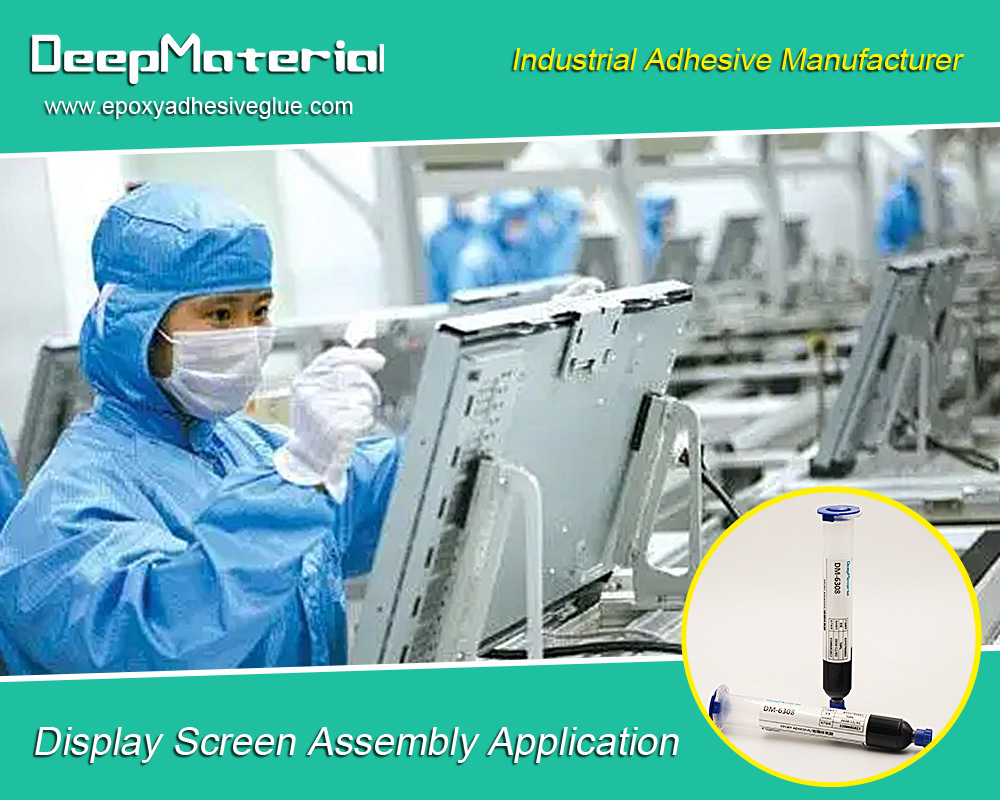
Conclusion
High-temperature, high-humidity, and chemical corrosion environments have multiple significant impacts on the flame-retardant performance and bonding durability of fireproof adhesives. By deeply understanding these influencing factors and adopting targeted protective measures, such as rationally selecting fireproof adhesive types and additives, optimizing bonding structure design, performing surface protection treatments, and conducting regular maintenance and inspections, the performance stability and reliability of fireproof adhesives in harsh environments can be effectively improved, ensuring they fully play their role in fire prevention and protection, and providing a more reliable guarantee for people’s life and property safety. In future research and applications, it is still necessary to continuously explore and develop new fireproof adhesive materials and protective technologies to adapt to more complex and harsh service environments.
For more about research on influencing factors and protective measures of fireproof adhesive performance in high-temperature, high-humidity, and chemical corrosion environments, you can pay a visit to DeepMaterial at https://www.epoxyadhesiveglue.com/category/epoxy-adhesives-glue/ for more info.


